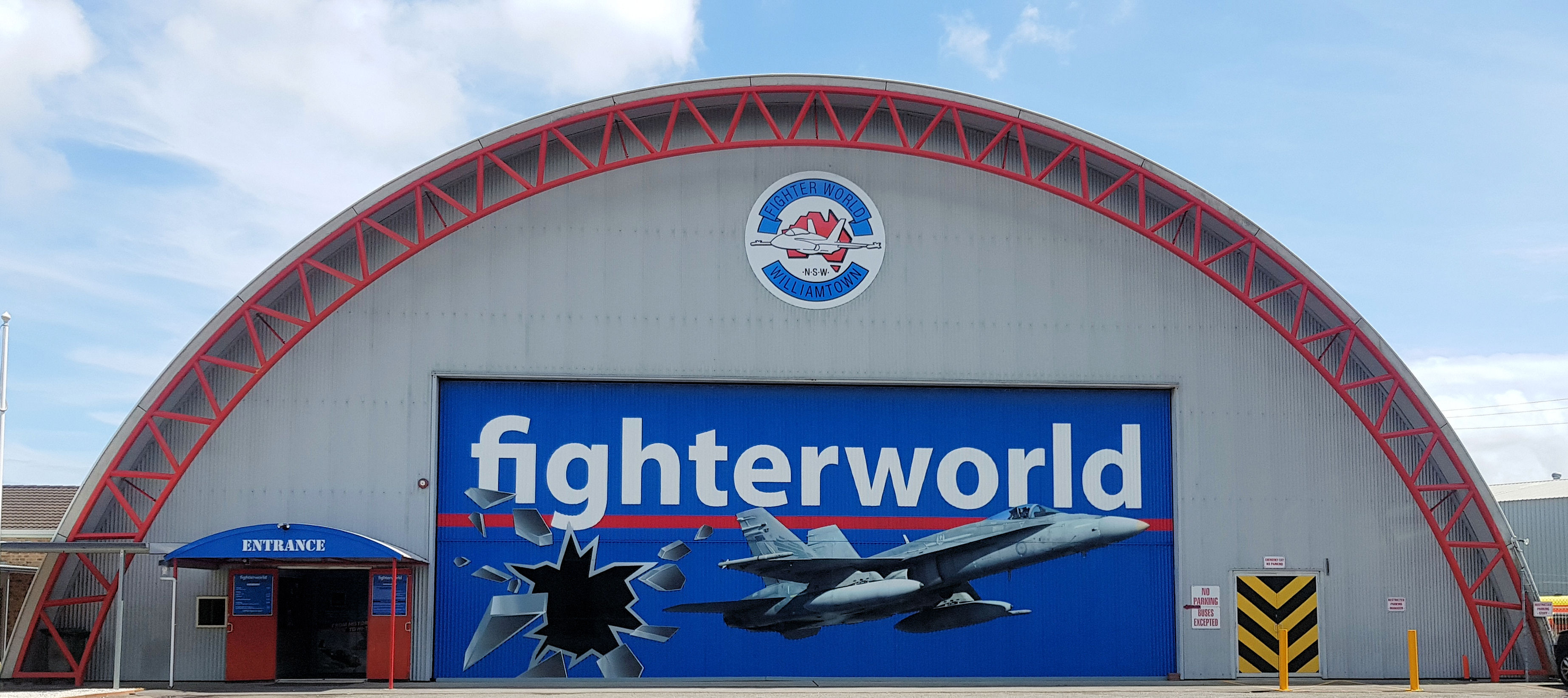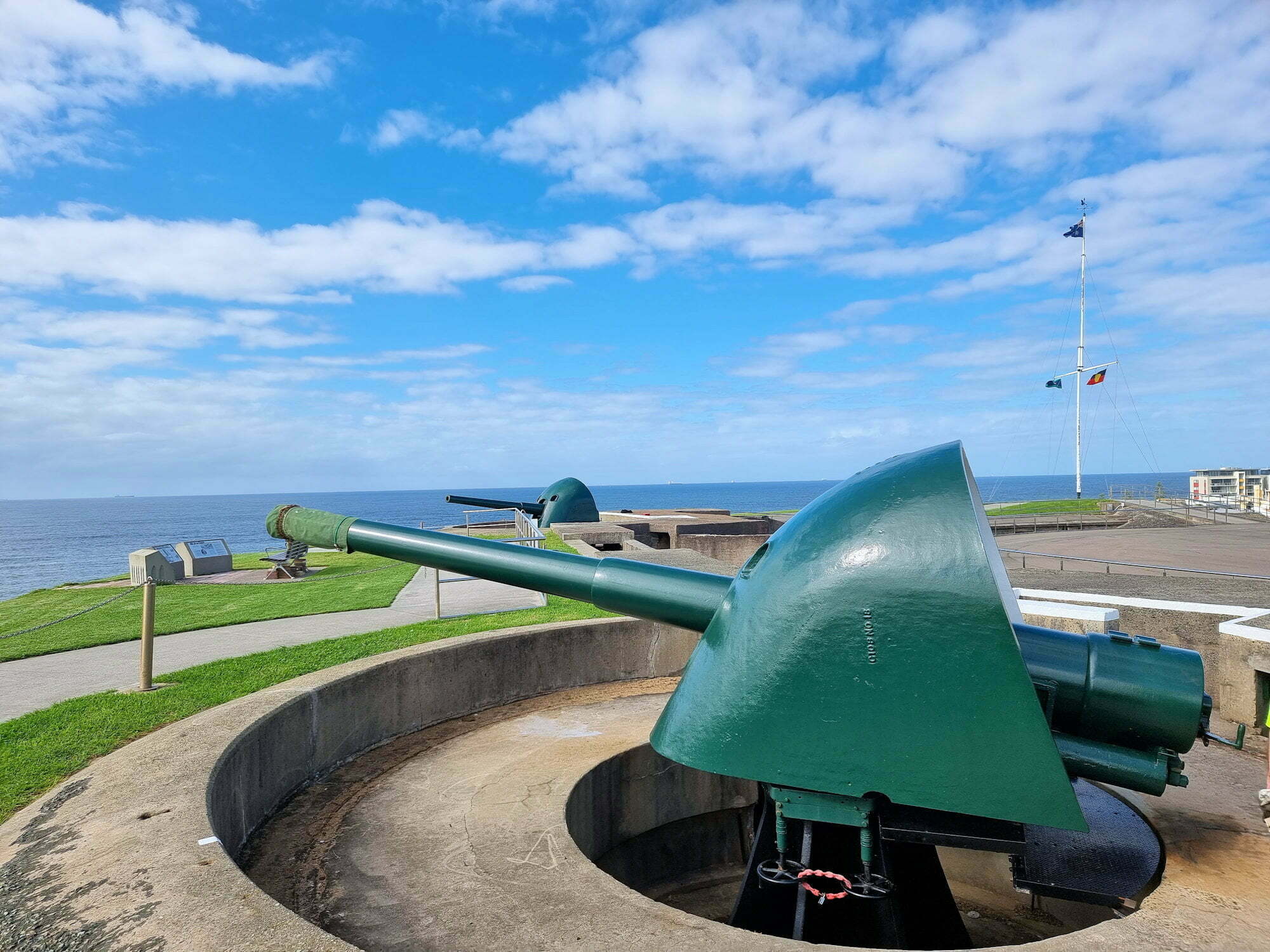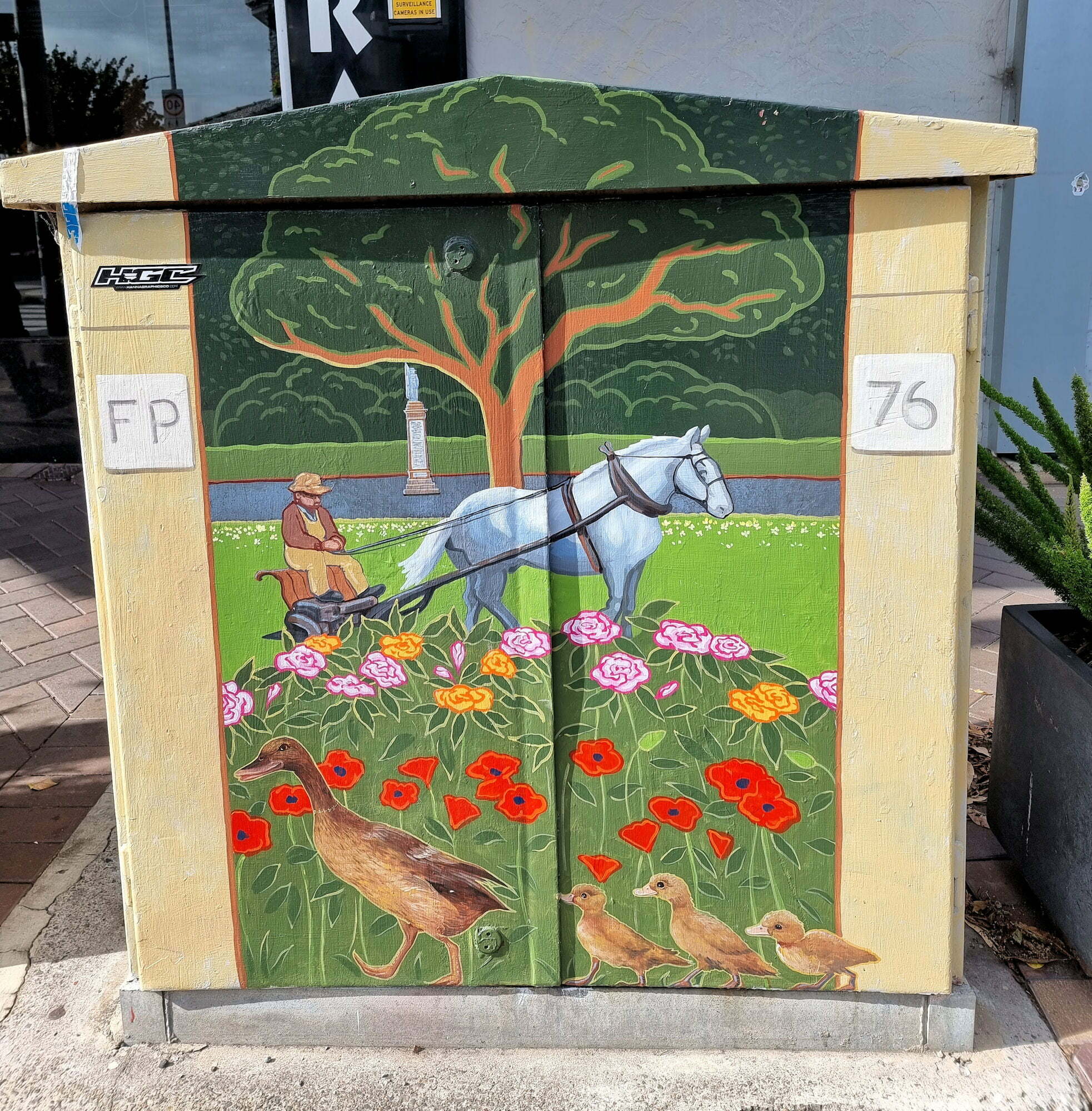Tag: Newcastle
-
Fighter World Williamtown NSW

Fighter World Williamtown Aviation Heritage Getting to Fighter World Fighter World located adjacent to the Williamtown RAAF base has an excellent display of jet fighters operated by the RAAF. Fighter world is very easy to find due to its location and parking is easy, because the museum has its own large car park. The Collection… Read more
-
Fort Scratchley Newcastle

Fort Scratchley Newcastle No longer used by the military, Fort Scratchley is now a memorial to the servicemen and women who served there. During World War Two, the Japanese submarine I-21 attempted to shell Newcastle and the BHP Steel Works. Fortunately most of the shells missed or failed to explode with no-one hurt and only… Read more
-
Beaumont Street Pillar People

Beaumont Street Pillar People Beaumont Street Pillar People Following on from her work in Newcastle, Rebecca Murray has transformed the look of Beaumont Street Hamilton (New South Wales, Australia). Telephone pillars are now the Beaumont Street Pillar People, each distinct and reflecting the shops they sit outside of. We discovered them on a Sunday morning… Read more